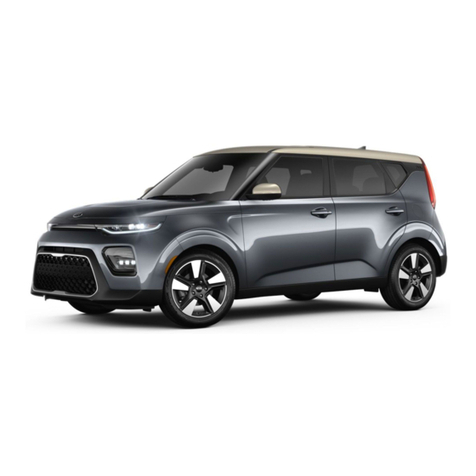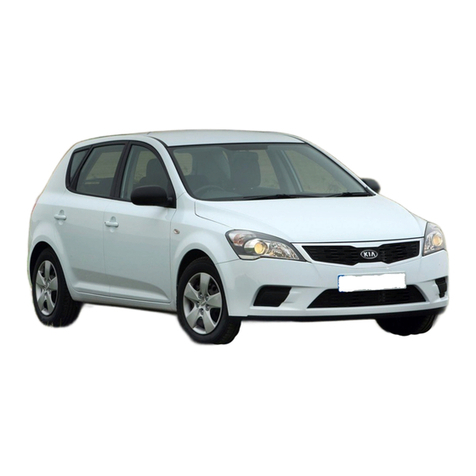Kia Niro EV User manual
Other Kia Automobile manuals

Kia
Kia CADENZA 2017 Parts list manual

Kia
Kia Rondo 2012 User manual

Kia
Kia 2014 Soul User manual

Kia
Kia 2014 Optima User manual

Kia
Kia Sedona 2005 User manual
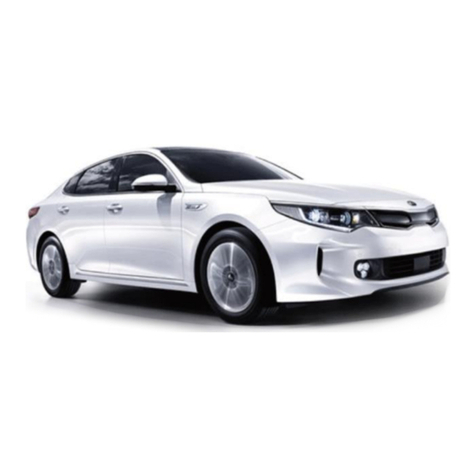
Kia
Kia OPTIMA PHEV User manual

Kia
Kia Sorento 2007 Parts list manual

Kia
Kia Forte 2015 User manual

Kia
Kia 2016 Sportage Parts list manual

Kia
Kia K900 2020 Assembly instructions

Kia
Kia Cerato User manual
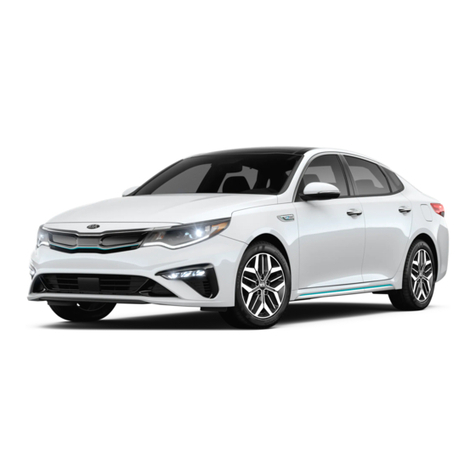
Kia
Kia OPTIA hybrid 2020 Parts list manual

Kia
Kia Carnival User manual

Kia
Kia Sportage 2018 User manual
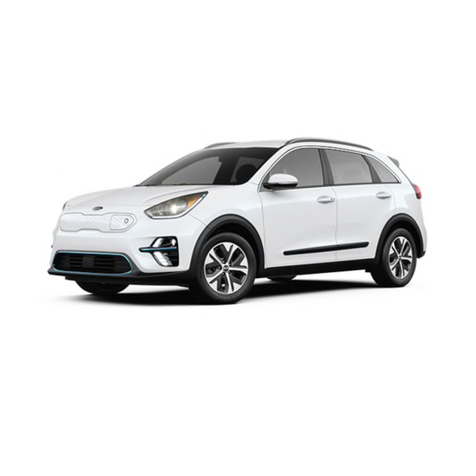
Kia
Kia NIRO User manual

Kia
Kia Automobile 2009 Quick setup guide

Kia
Kia 2015 Cadenza Parts list manual
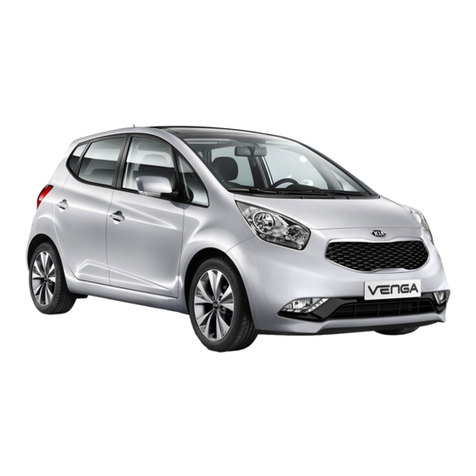
Kia
Kia Venga 2015 User manual

Kia
Kia Rio 2018 User manual

Kia
Kia Amanti 2009 User manual

